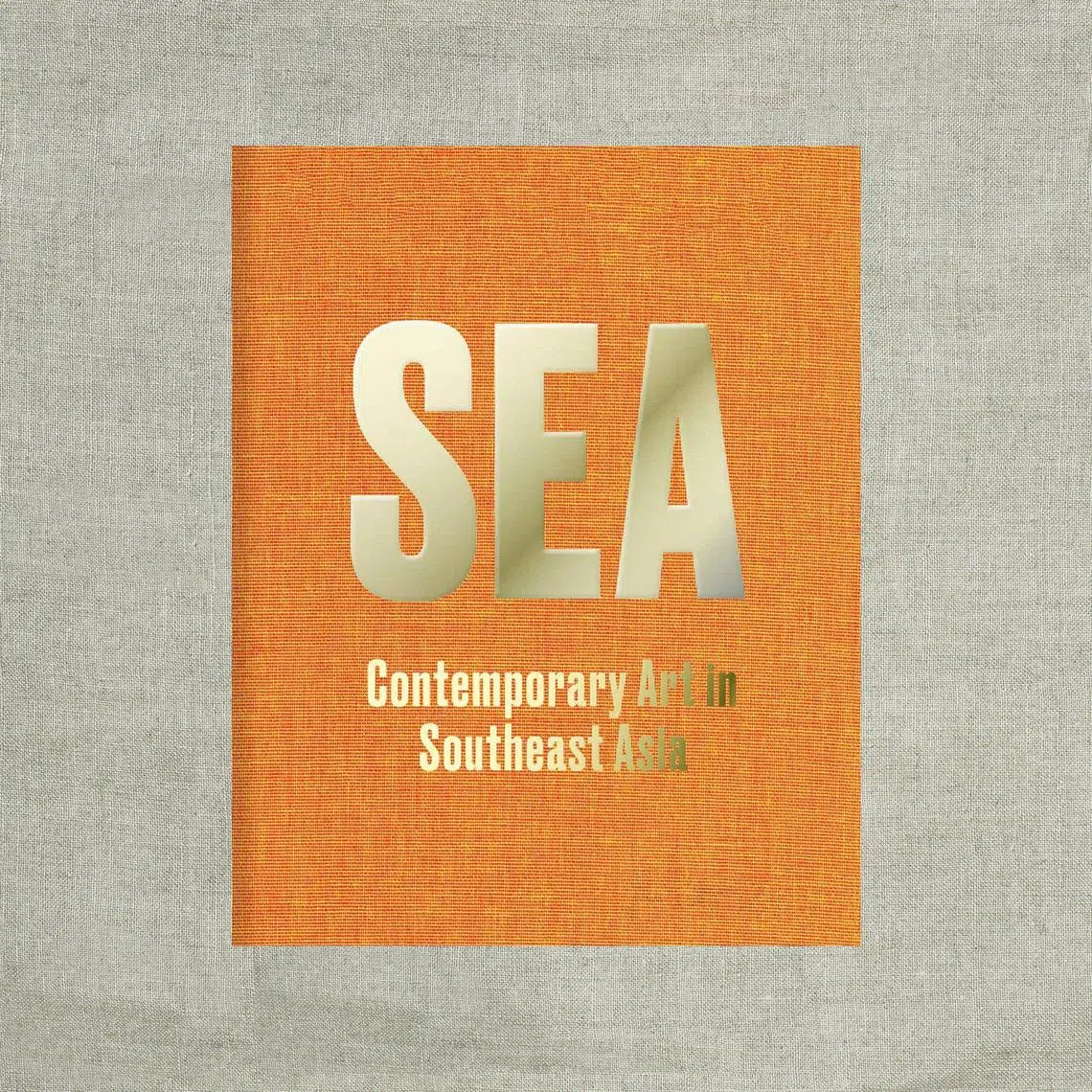New book shines light on region’s vast art scene
SEA: Contemporary Art In Southeast Asia is one of the first books written authoritatively and accessibly on the subject

IN the global art circuit, South-east Asian art has been gaining attention in recent decades. But knowledge of its diverse scenes and players remains limited to a small minority of art professionals and enthusiasts. Thankfully, there is now a book that offers a friendly introduction to more than 60 of the most important artists and collectives around the region, penned in authoritative but accessible language by 14 writers.
SEA: Contemporary Art In Southeast Asia is edited by Ute Meta Bauer (curator of the Singapore Pavilion in Venice Biennale 2022), Tan Boon Hui (the late executive director of Arts House Limited) and art historian Karin G Oen. The editors describe it as a “response to the relative lack of publications with a non-prescriptive purview, designed for a broad readership”. Across 232 pages, the large cloth-bound hardcover offers brief introductions to the most important artists in the region, spanning from Myanmar to Indonesia, coupled with one or more pictures of their works.

Because of the concise format, entire histories of prominent artists are whittled down to a few paragraphs and photographs. But that’s not necessarily a bad thing. There are already available resources out there (though not necessarily in English) should the reader wish to learn more. And images of their other works are, in most cases, just a Google search away. (Indeed, Google would be a reader’s best friend here, since each short profile often raises more questions than answers.)
Decoding Asia newsletter: your guide to navigating Asia in a new global order. Sign up here to get Decoding Asia newsletter. Delivered to your inbox. Free.
Copyright SPH Media. All rights reserved.
